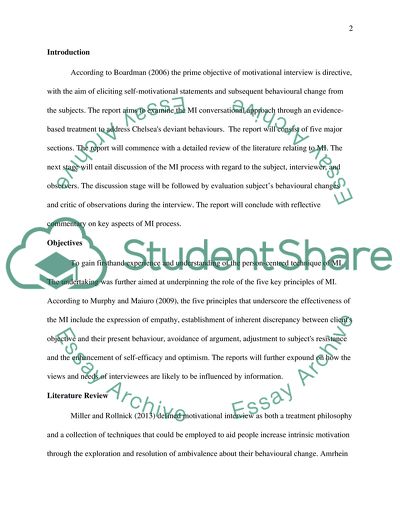Cite this document
(The MI Process Research Proposal Example | Topics and Well Written Essays - 2622 words, n.d.)
The MI Process Research Proposal Example | Topics and Well Written Essays - 2622 words. Retrieved from https://studentshare.org/education/1852998-a-report-for-motivational-interviewing
The MI Process Research Proposal Example | Topics and Well Written Essays - 2622 words. Retrieved from https://studentshare.org/education/1852998-a-report-for-motivational-interviewing
(The MI Process Research Proposal Example | Topics and Well Written Essays - 2622 Words)
The MI Process Research Proposal Example | Topics and Well Written Essays - 2622 Words. https://studentshare.org/education/1852998-a-report-for-motivational-interviewing.
The MI Process Research Proposal Example | Topics and Well Written Essays - 2622 Words. https://studentshare.org/education/1852998-a-report-for-motivational-interviewing.
“The MI Process Research Proposal Example | Topics and Well Written Essays - 2622 Words”, n.d. https://studentshare.org/education/1852998-a-report-for-motivational-interviewing.


